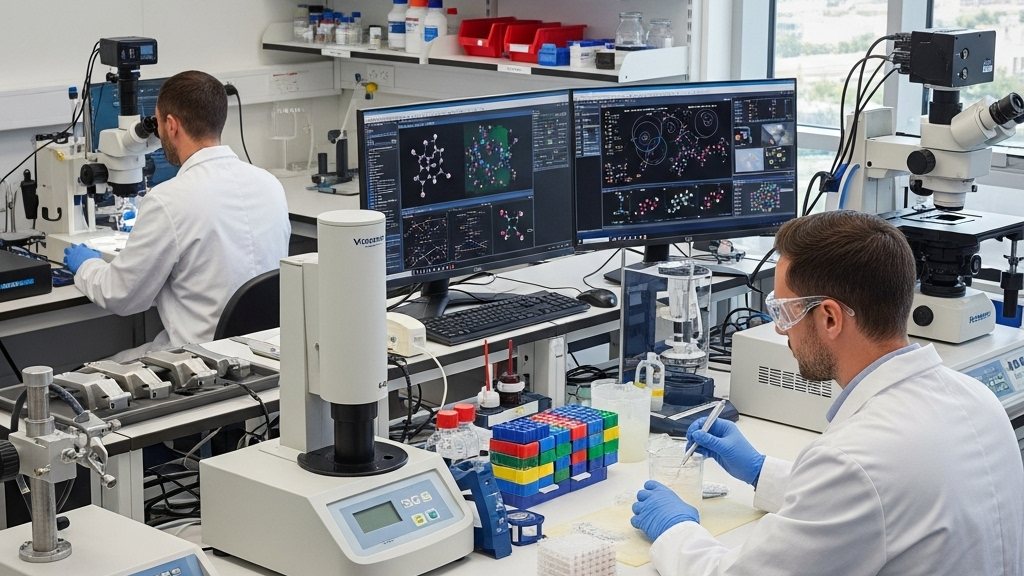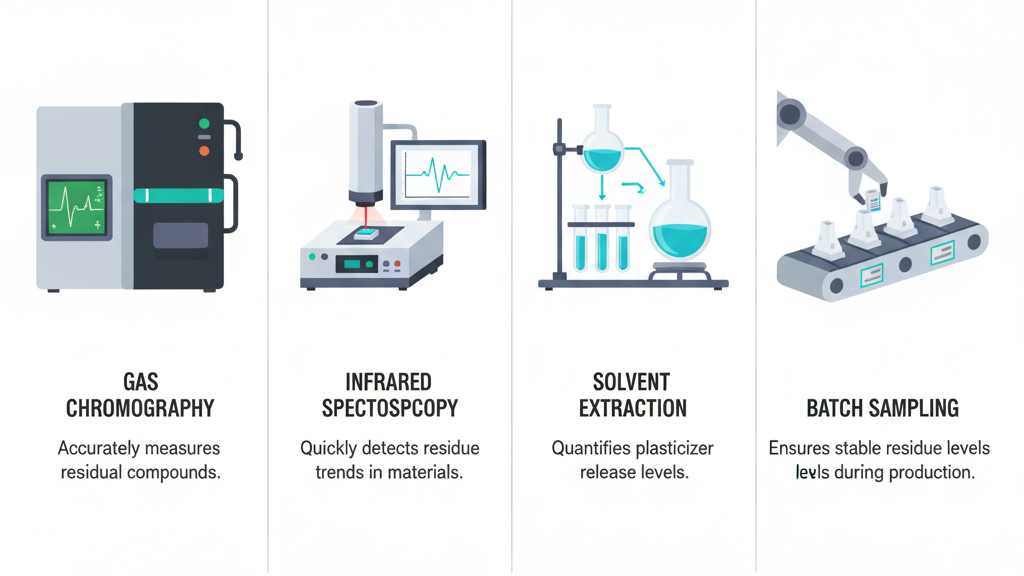Surface Pretreatment Essentials

Injection molded parts often face the issue of "paint biting" during coating processes, which usually stems from physical or chemical incompatibility between the substrate and the coating layer. Besides improper process control, the surface condition of the molded parts themselves can be a hidden risk factor. If surface micro-contaminations or residual stresses are not properly addressed, wrinkles or peeling may occur after coating.
When designing the coating system, the injection molding process and surface finishing parameters must be considered together. Pretreatment procedures, drying protocols, and substrate matching are key factors determining coating quality. Choosing the right substrate and coordinating it with the coating process will significantly reduce the risk of paint biting.
How to Optimize Coating Formulations to Prevent Paint Biting?

Paint biting often happens due to stress concentration or polarity differences between the injection molded surface and the coating, causing chemical reactions or physical swelling. When solvent components in the coating formulation have excessive penetration, they easily damage the substrate structure. The problem is especially severe when parts are insufficiently dried or poor quality primers are used.
- Control Solvent Strength: Choose mild polarity solvents to reduce penetration.
- Surface Tension Matching: The substrate surface energy should match coating tension.
- Use Neutral Primers: Provide a buffer layer to avoid direct contact.
- Optimize Drying Schedule: Fully dry injection molded parts before coating to prevent swelling.
🎨 Optimizing the coating formulation is the first defense against paint biting.
Does Injection Molding Process Setting Affect Paint Biting?

Injection molding parameters such as holding time, cooling rate, and mold temperature directly impact surface structure and stress distribution. Residual stress formed during molding will release upon heating or solvent exposure during coating, leading to blistering or peeling. Hence, molding process precision is a hidden guarantee for coating quality.
- Precise Cooling Control: Reduce stress caused by overly rapid cooling.
- Uniform Mold Temperature: Improve mold temperature distribution.
- Proper Holding Pressure Adjustment: Lower surface residual stress.
- Avoid Too Fast Demolding: Incorrect demolding timing causes surface microcracks.
🛠️ A solid injection molding base ensures coating success.
Does Material Selection Also Determine Paint Biting Probability?

Different plastics vary greatly in chemical compatibility with coatings. Nonpolar materials like PP and PE are more prone to paint biting due to polarity mismatch. Additives and filler residues can also affect adhesion. Selecting engineering plastics compatible with coatings is fundamental for structural and aesthetic harmony.
- Modified Materials Have Better Adhesion: PC/ABS are suitable for most coatings.
- Reduce Migrating Residues: Avoid plasticizer interference with adhesion.
- Thermal Expansion Matching: Materials with similar thermal expansion reduce defects.
- Use Coating-Friendly Substrates: Choose certified materials to improve compatibility.
📦 Coatability of materials is a fundamental safeguard against paint biting.
Compatibility Comparison Between Materials and Coating Processes
| Material Type | Polarity | Recommended Primer | Prone to Paint Biting | Adhesion Performance | Pretreatment Needed | Thermal Stability | Stress Sensitivity |
|---|---|---|---|---|---|---|---|
| PP | Non-polar | Special Primer | High | Low | Yes | Medium | High |
| ABS | Polar | General Primer | Medium | High | No | Medium | Medium |
| PC/ABS | Polar | General Primer | Low | High | No | High | Low |
| PA6 | Medium Polarity | Water-resistant Primer | Medium | Medium | Yes | High | Medium |
Process Integration to Reduce Quality Complaints
Surface quality affects not only appearance but may trigger customer complaints or brand trust issues. Although paint biting is a subtle defect, neglect early on can cause batch rejections. Planning coating requirements alongside injection molding process design effectively controls cost and risk.
1.Synchronized Design: Consider coating in injection molding structure design.
2.Quality Traceability: Establish traceability from molding to coating.
3.Team Collaboration: Align injection molding and coating teams.
4.Data Feedback Loop: Use data monitoring to detect paint biting risks.
Conclusion
Paint biting is a problem caused by the interplay of molding process, material selection, and coating formulation, requiring a systematic solution. Through early material selection, precise process control, and later coating optimization, its occurrence can be significantly reduced. High-quality coating results are ensured by precise coordination starting from the injection molding stage.
For expert assistance in implementing for your production needs, visit our resource center or contact us. Let’s help you scale up your manufacturing with precision and efficiency!







